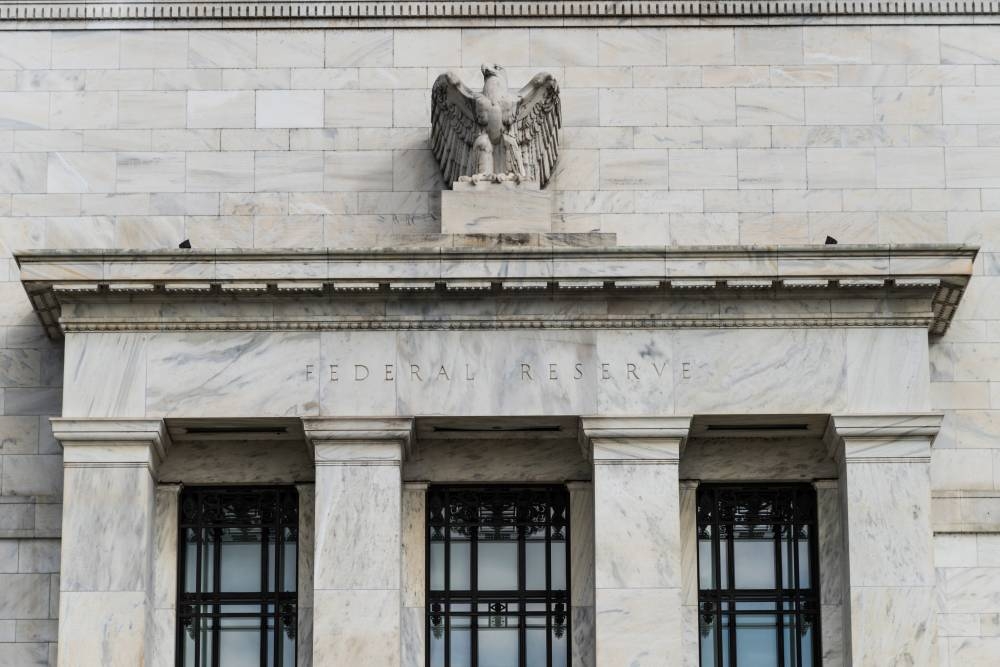The Wall Street Journal noted that although US Federal Reserve stopped raising interest rates last summer, it is quietly tightening monetary policy through reducing its $7.7 trillion holdings of bonds and other assets by around $80 billion a month.
The newspaper said that Fed officials are to start deliberations on slowing, though not ending, that so-called quantitative tightening as soon as their policy meeting this month, which could have important implications for financial markets.
It explained that the Fed can shrink its holdings by selling bonds or allowing bonds to mature and "run off" its balance sheet without buying new ones. Runoff increases the supply of bonds that investors must absorb, putting upward pressure on long-term interest rates. Slowing runoff reduces that upward pressure.
Five years ago, balance-sheet runoff sparked upheaval in those markets, forcing a messy U-turn. As a result, officials are determined not to do that again, the newspaper said.
The newspaper added that in 2017, when the Fed began shrinking its holdings, it also drained those reserve deposits. Officials had never managed something like this before and werent sure how long to let the process run.
A bank uses reserves to manage transactions between itself, its customers, other banks, and the central bank, the newspaper explained, noting that the Fed and private-sector forecasters thought banks had far more than needed for this. However, in September 2019, a sharp, unexpected spike in a key overnight lending rate suggested reserves had dwindled to the point they were either too scarce or difficult to redistribute across the financial system.
The Fed began buying Treasury bills to add reserves back to the system and avoid further instability, the Wall Street Journal said.
Policymakers have several reasons to consider slowing runoff. First, the Fed is shrinking its Treasury holdings by $60 billion a month twice as fast as it did five years ago. Continuing to run at this rate raises the risk that the Fed drains reserves so quickly that money-market rates jump as banks struggle to redistribute a dwindling supply of reserves.
The Fed began building up its huge stash of bonds during the 2008 financial crisis. At the time, it had already cut the short-term interest rate to near zero. Buying bonds, or "quantitative easing," was intended to deliver further stimulus by lowering long-term rates.
The newspaper pointed out that several officials at the Feds policy meeting last month suggested beginning formal conversations soon, so as to communicate their plans to the public well before any changes take effect, according to minutes of the meeting, adding that officials have indicated that changes arent imminent and that they are focusing on slowing not ending the program. Whereas the Fed expects to cut short-term interest rates this year because inflation has fallen, its rationale for tapering bond runoff is different: to prevent disruption to an obscure yet critical corner of the financial markets, the newspaper stressed.
Business
Wall Street Journal: Federal Reserve slowly shrinking balance sheet to prevent messy disruption to financial system

